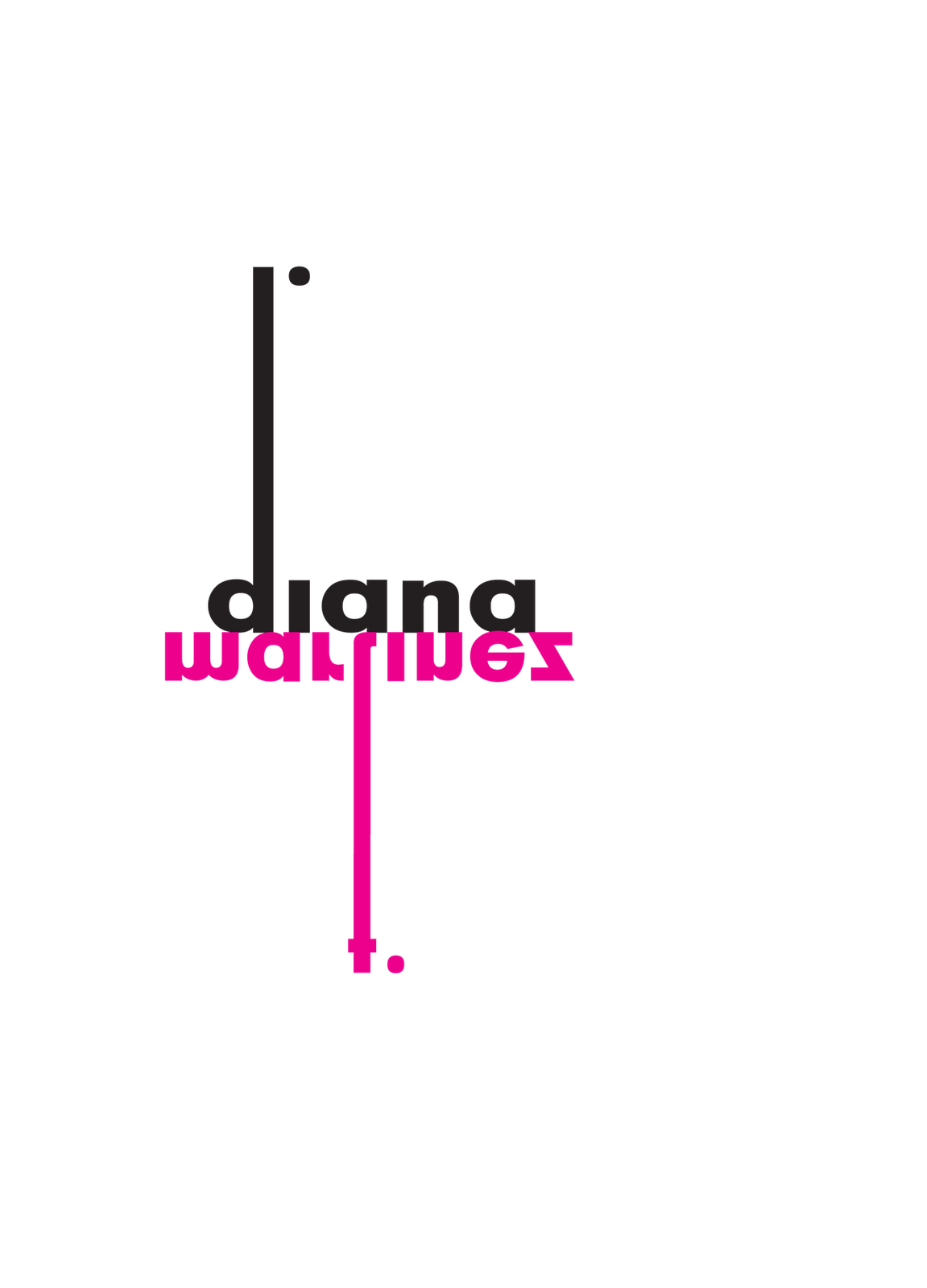In person, Ai’s voice is gentle, almost soothing. Bearded, burly, and 52, he could pass for a robust Chinese Santa who enjoys a good joke. He’s known for his wit, grace, and deep compassion toward the suffering of both humans and animals, and he’s admired for his strategic thinking and his knack for combining art and social projects. Dedicated volunteers, like those with his Sichuan Earthquake Names Project, have risked their own safety for his causes. A perfectionist, he attracts a highly skilled and devoted staff at his studio, FAKE Design, from which he catapulted to international fame as design consultant for the Beijing Olympics “Bird’s Nest” National Stadium, a collaboration with Swiss architecture firm Herzog & de Meuron.
According to some, though, his temper can incinerate the best of intentions. He’s been called a headline grabber, a master of borrowing from other artists, and a “scholar clown,” and he’s been denounced for criticizing symbols of elitism and authority ranging from New York’s Museum of Modern Art to the Chinese government to the Eiffel Tower.
There is no question that Ai Weiwei lives his art to the fullest. How best to view an artist of such proportions is complicated. “Ai Weiwei: According to What?” at Tokyo’s Mori Art Museum (MAM) — Ai’s first large-scale solo show worldwide, on view through November 8 — attempts to reveal the multifaceted nature of this artistic genius by showcasing 26 works made since the 1990s. Some well-known and controversial pieces are glaringly absent, but the exhibition presents six new works, including Chandelier, a satire of the bizarre Chinese state aesthetic in the shape of half a chandelier that hangs in the museum’s entrance lobby.
A second new work presents Ai’s most recent merging of art and activism. Stirred by the sight of backpacks scattered throughout the May 12, 2008, earthquake disaster, in which thousands of children were killed by collapsing school buildings, Ai created Snake Ceiling, a serpentine installation formed from hundreds of new black-and-white backpacks sized for elementary and junior high school students. The coiled snake, suspended from the museum’s ceiling, alludes to aesthetic form, the snake as ancient monster, and the tragedy and systematic cover-up at the heart of the Sichuan Earthquake Names Project, Ai’s guerrilla investigation.
“To protect the right of expression is the central part of an artist's activity. ... In China many essential rights are lacking, and I wanted to remind people of this,” Ai told ARTINFO in a conversation at the Mori Art Museum.source to continue reading: http://www.artinfo.com/news/story/32223/who-is-ai-weiwei/?page=1
Tate Modern – Ai Weiwei 100 Million Porcelain Sunflower Seeds Exhibtion Shuts Down
To Ai Weiwei’s 100 million porcelain sunflower seeds, we hardly knew you… Just a few days after it opened, officials at London’s Tate Modern made the difficult to close the vast installation by Chinese dissident artist Ai Weiwei. The work, simply titled “Sunflower Seeds“, encompassed 100 million sunflower seeds replica made from porcelain, is currently situated at Tate Modern’s Turbine Hall, where are encouraged to walk on the work of art as part of the experience. However, with such vast amount in an enclosed space, officials at Tate Modern begin to notice noxious ceramic dust, which forced the closure. Officials at Tate Modern also insisted that the closure was not due to political pressure from the Chinese government, who sees Ai Weiwei as an instigator and political dissident, but solely out of health concern for its visitors. No words on when the exhibition will open again.
source: http://www.freshnessmag.com/2010/10/14/tate-modern-ai-weiwei-100-million-porcelain-sunflower-seeds-exhibtion-shuts-down/






No comments:
Post a Comment